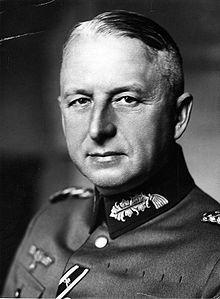Manstein's February 1943 Backhand Blow

Early in 1943 the Red Army had launched a series of massive offensives across the breadth of the German Eastern Front. In particular, and as the German Sixth Army fought to its destruction at Stalingrad, multiple Soviet fronts, spearheaded by General N.F. Vatutin's Southwestern Front, surged across southern Russia. Meanwhile, Erich von Manstein, commanding the whole of the reconstituted German Army Group South, the former Army Groups A, B and Don, fell back before the Soviet advance and regrouped his armies.
Soviet General Cherniakhovsky’s 60th Army, part of Golikov’s Voronezh Front, took Kursk on February 8th. On February 14th Voroshilovgrad fell. Vatutin’s mobile spearheads drove ever further west. Major General M.D. Borisov’s 8th Cavalry Corps, leading Vatutin’s left wing, far outraced his peers. Cherniakhovsky’s efforts on the offensive’s northern wing, and Borisov’s deep operations on Vatutin’s left wing, however proved the high water mark of the Soviet Donbas offensive. On February 17th, just after the German army lost Kharkov, and as Soviet tanks approached Manstein’s headquarters the cagy German Field Marshall remained relatively calm; for he had laid a gigantic trap.
All told, Manstein had grouped three Panzer Corps to encircle and destroy the Southwestern Front’s spearheads – Borisov’s Cavalry Corps, Popov’s Mobile Group, the Soviet 6th Army, most of the 1st Guards Army and the 1st Guards and 25th Tank Corps. On the morning of February 17th Knobelsdorff’s XXXXVIII Panzer Corps began a series of counterstrokes directed by Manstein that would end up eviscerating the Soviet Southwestern and Southern Fronts in February as well as the Voronezh Front in March. All of which played a crucial role in stabilizing the German Eastern Front, forcing Stalin to cancel the Red Army’s attacks against Army Groups Center and South, and leaving neither the Germans nor the Red Army holding the initiative in Eastern Europe.



Post new comment